Canadian waters are home to a remarkable diversity of whales, with more than 30 species. Sadly, some whale populations are at risk, having declined to a fraction of their former numbers.
Whales continue to die from ship strikes or entanglement in fishing gear and debris. Pollution, climate change and ocean noise also threaten their populations.
Canada Post’s national stamp program is highlighting five whale species with Canadian populations that have been assessed as Endangered by the Committee on the Status of Endangered Wildlife in Canada (COSEWIC). Below, learn about each whale and what you can do to help.
Beluga whale (Delphinapterus leucas)
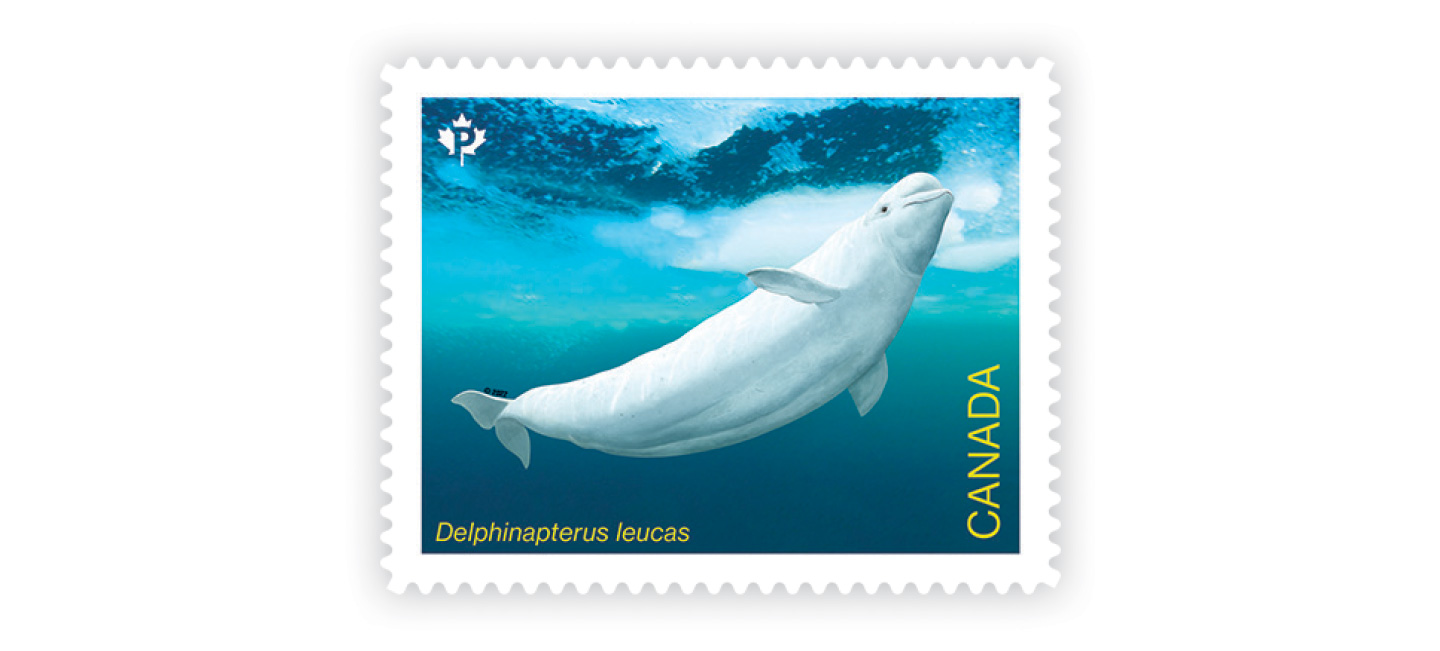
Beluga whales are social animals that live in pods of up to several hundred members. Vocal communicators, they produce a wide variety of clicks, whistles and other sounds, earning them the name the “canaries of the sea.” The flexible, rounded “melon” on their heads is used for echolocation to navigate, hunt for prey and find breathing holes in ice sheets. They are at risk in the St. Lawrence Estuary, Cumberland Sound and Ungava Bay.
Blue whale (Balaenoptera musculus)
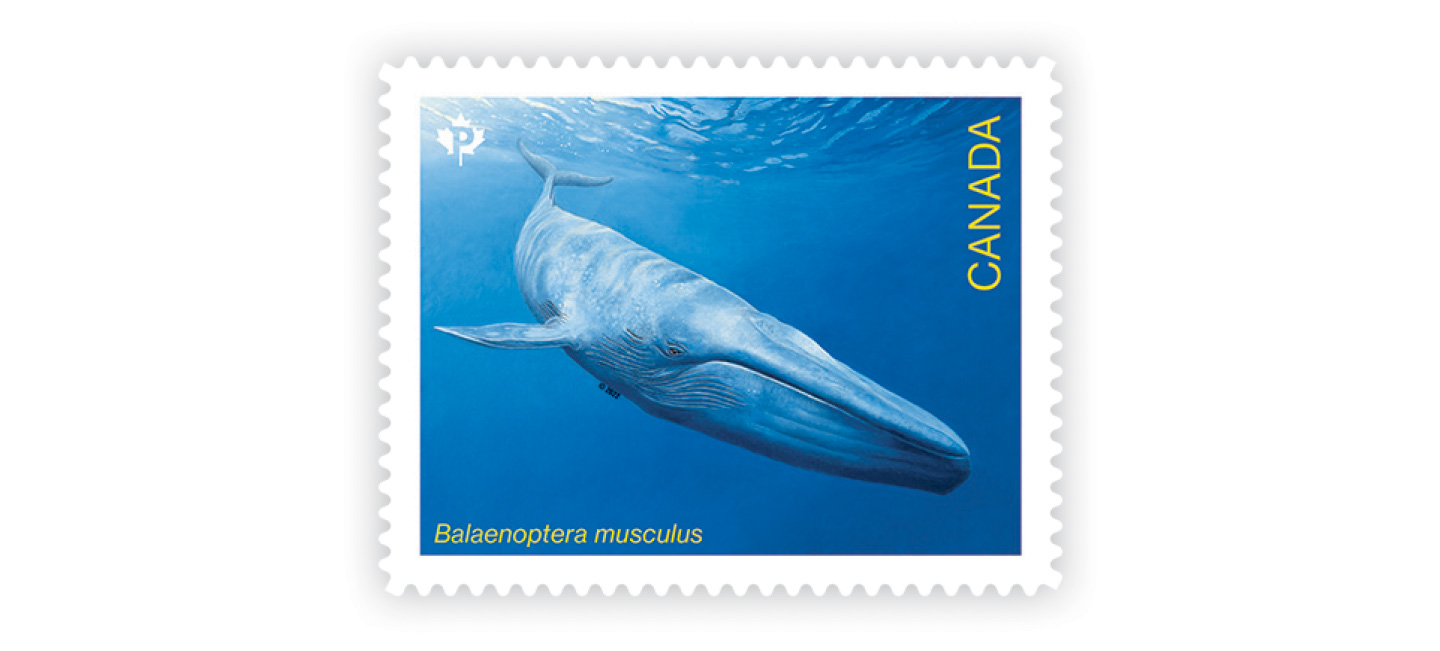
The largest animal on Earth, the blue whale can grow up to nearly 30 metres and 170 tonnes. Its huge mouth contains up to 400 pairs of baleen plates, which filter prey from the water it takes in. Blue whales spend the summer in northern polar waters and migrate south to temperate waters for the winter. They are also one of the loudest animals on the planet: able to be heard from distances of up to 1,600 kilometres away and make sounds over 180 decibels – louder than the average jet engine. Once estimated at more than 350,000 worldwide, blue whales were decimated by hunting and now likely number fewer than 10,000.
Killer whale (Orcinus orca)
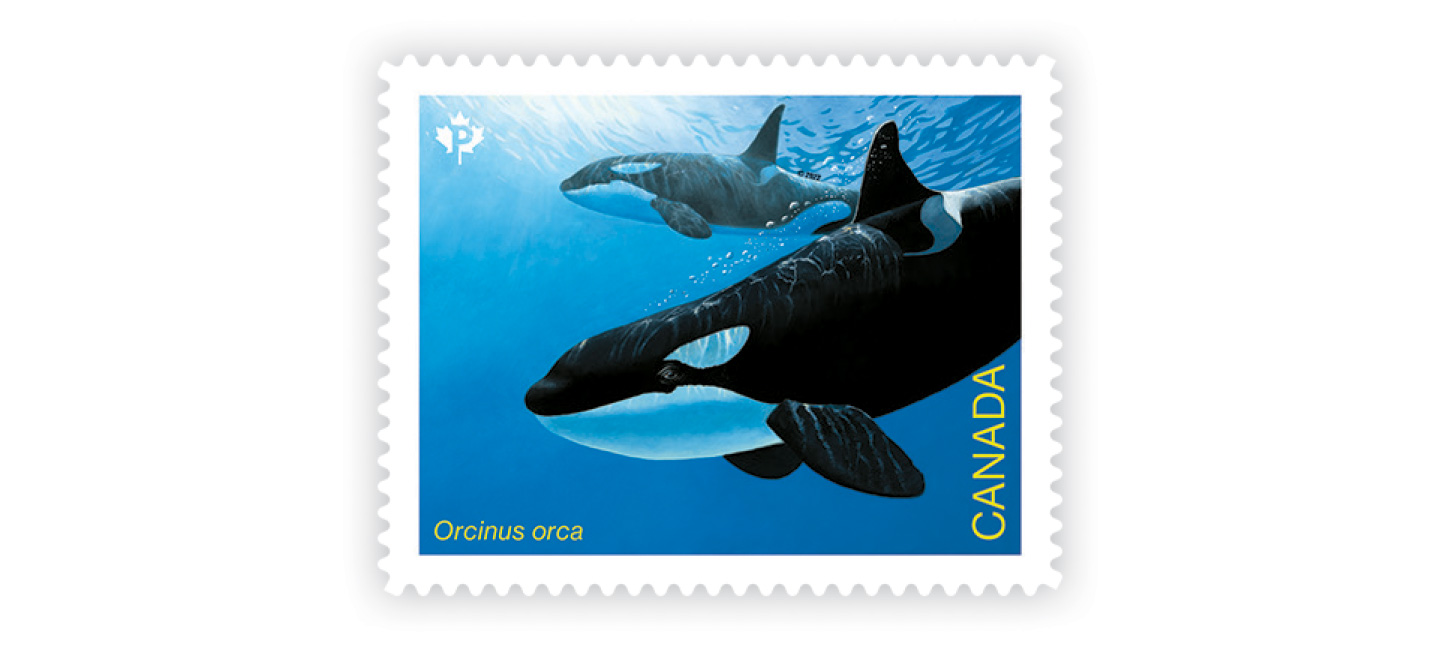
Killer whales, or orcas, are highly social animals, living in family-based pods and hunting collaboratively. A killer whale typically remains with its mother for life. Each pod has its own dialect of sounds and a unique, sophisticated culture passed down through generations. Three distinct groups of killer whales inhabit Canadian Pacific waters – transient, offshore and resident (which includes northern resident and southern resident populations). Once captured for aquariums, southern residents are now estimated to have a population of about 75, with only a few successful births in recent years.
North Atlantic right whale (Eubalaena glacialis)
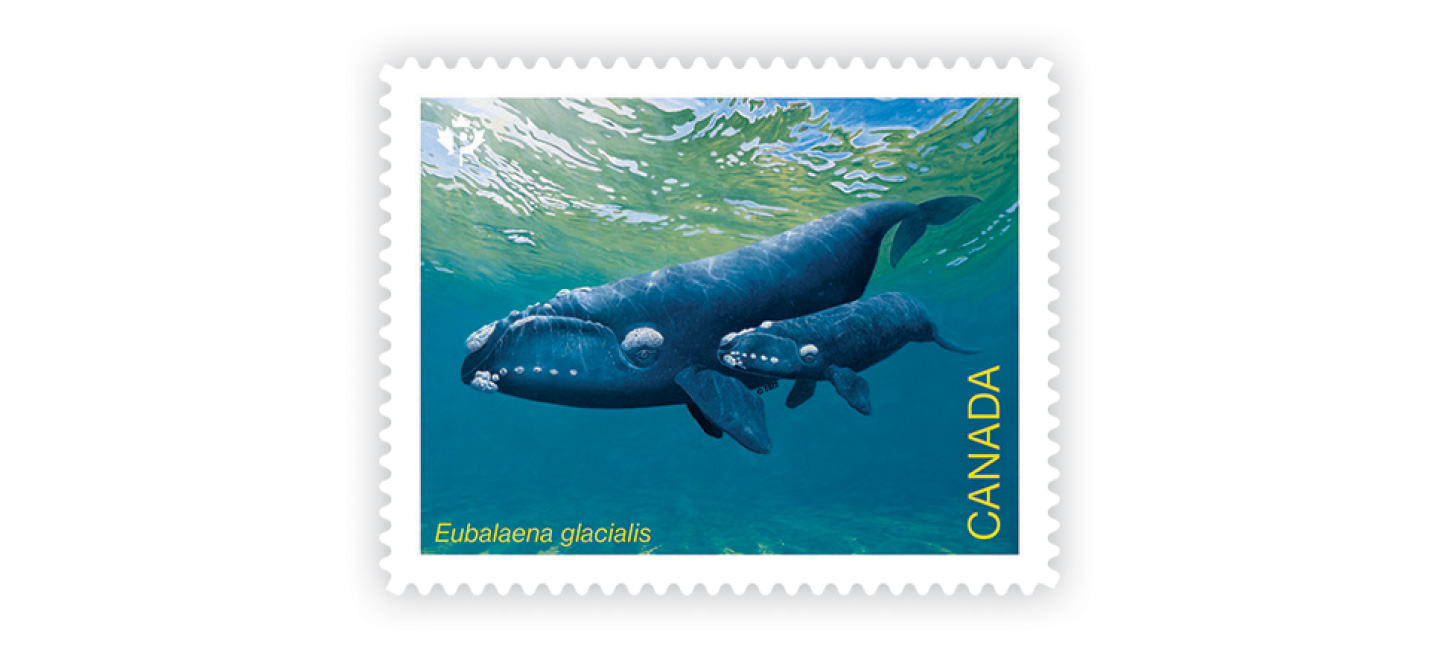
Decimated by the whaling industry by the end of the 19th century, North Atlantic right whales were named for being the “right” whale to hunt: slow moving, easy to approach and yielding large quantities of oil and baleen. Today, their declining population is estimated at fewer than 350 – and current projections warn the species could be extinct within 30 years. Right whales display a range of behaviours at the surface, including breaching and socializing in groups, and communicate with each other through low-frequency sounds The Gulf of St. Lawrence is an important habitat for North Atlantic right whales, where large numbers have been observed.
Northern bottlenose whale (Hyperoodon ampullatus)
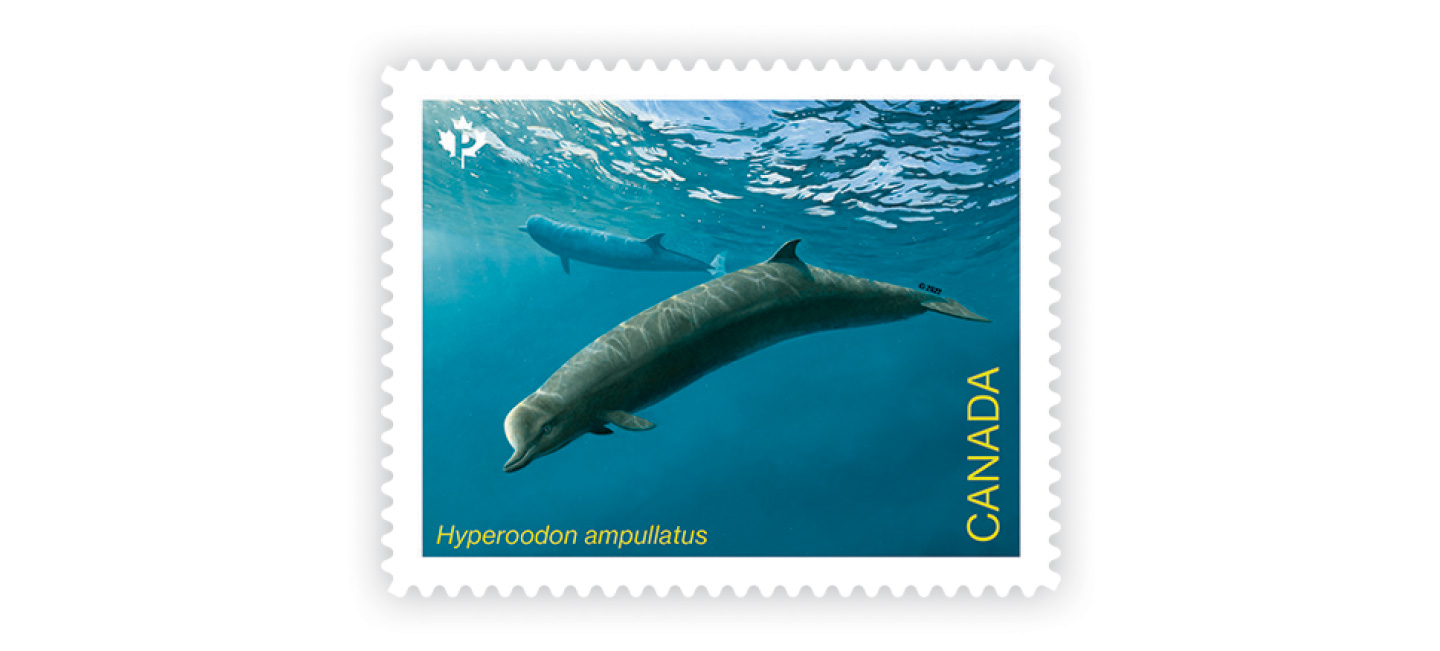
About the size of an orca, this toothed whale gets its name from its bottle-shaped beak. It is one of the deepest diving mammals, recorded to have reached depths of more than 2,300 metres, and often holds its breath for up to an hour (and can likely go for twice as long). Northern bottlenose whales are found only in the North Atlantic, mostly in deep offshore waters associated with steep, underwater canyons, such as the Scotian Shelf. Like other cetaceans, they use sound to communicate, find food and navigate. Once heavily hunted, they were easy prey for whalers, who took advantage of their curiosity of stationary vessels and tendency to remain close to wounded pod members. The Scotian Shelf population is estimated at 164 individuals.
What can we do?
If you’re interested in conservation and want to help these whales and other endangered marine species, here are some tips:
- Learn how and when to report marine mammals. See this Fisheries and Oceans Canada webpage for how to report a sighting or an incident, such as an entanglement in fishing gear.
- If you see a tail, fin or spray from a whale, keep your distance for their protection. Get too close and you could break the law. See this Watching Marine Wildlife page for more information.
- Marine pollution, contaminants and debris are harmful to whales and other animals. Visit this Fisheries and Oceans Canada webpage to learn about pollution and debris littering the ocean.
- Get involved in conservation efforts in your community. Volunteers are often sought after to support shoreline cleanups, funding drives, stewardship and research, or other activities.
- Do you know where your seafood came from and how it was caught? Learn about and support sustainable and responsible fisheries management.
Stamps raise awareness about five endangered whale populations
Available now